
Raivavae 2006
The 2006 Raivavae Expedition carried the historic Explorers Club Flag #95
This expedition built on the preliminary surveys that Edmundo Edwards did in the late 1980s where he located over 600 sites across Raivavae, the first complete. In this expedition these sites were documented using modern technology and approximately 50 new sites were recorded. Some small conservation work and sampling was done in collaboration with the local community.
Marae
The most prominent archaeological structure on Raivavae are the Marae. They are comprised of megalithic stone architecture indicating a sacred ceremonial site, altar, or burial ground. Generally they are large cleared areas (in many Polynesian languages Marae translates to a place without vegetation) bordered by large stones sometimes with a central stone called an ahu.
Big Questions
Edmundo’s expedition in the early 80s was the first complete archaeological survey of Raivavae. The overarching research question establishing a chronology of Polynesian colonization and dates on each island is an ongoing goal. Data from neighboring islands suggest early settlement around 8th century CE but it could be much earlier. As with many sites in Polynesia, finding datable material is a challenge. This is why identifying settlements where carbon samples and soil cores can be collected was a goal of this expedition. House mounds like the one pictured on the left are a good example As with all the PIRI expeditions local collaboration was extremely important. During Edmundo’s research he was able to bring back a primary document from the 1920s that reinstated land rights for local families empowering the community.

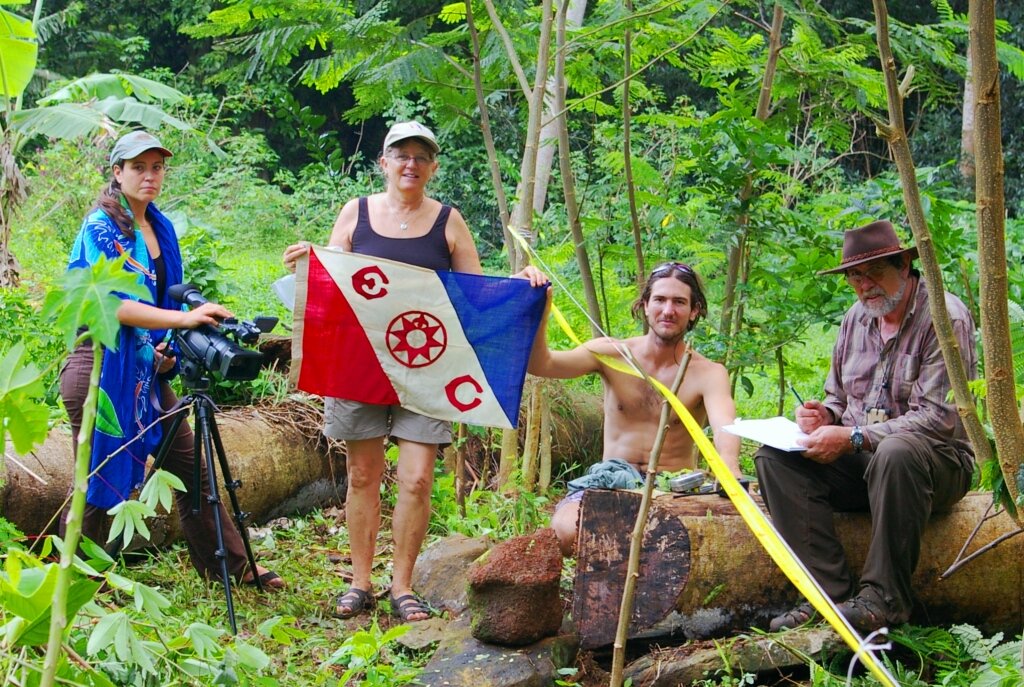
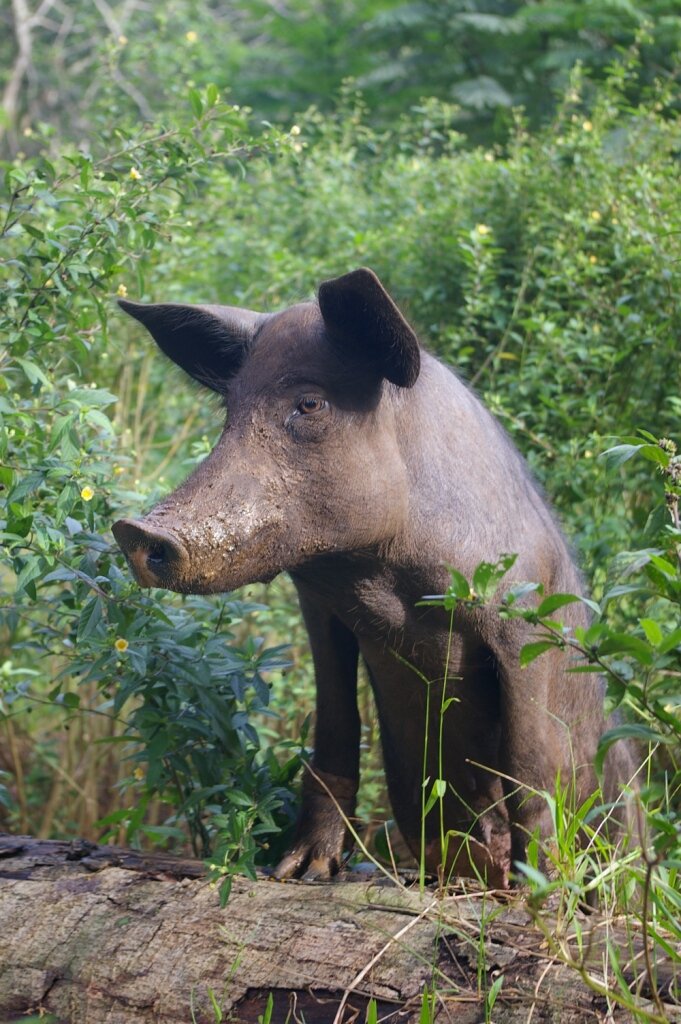
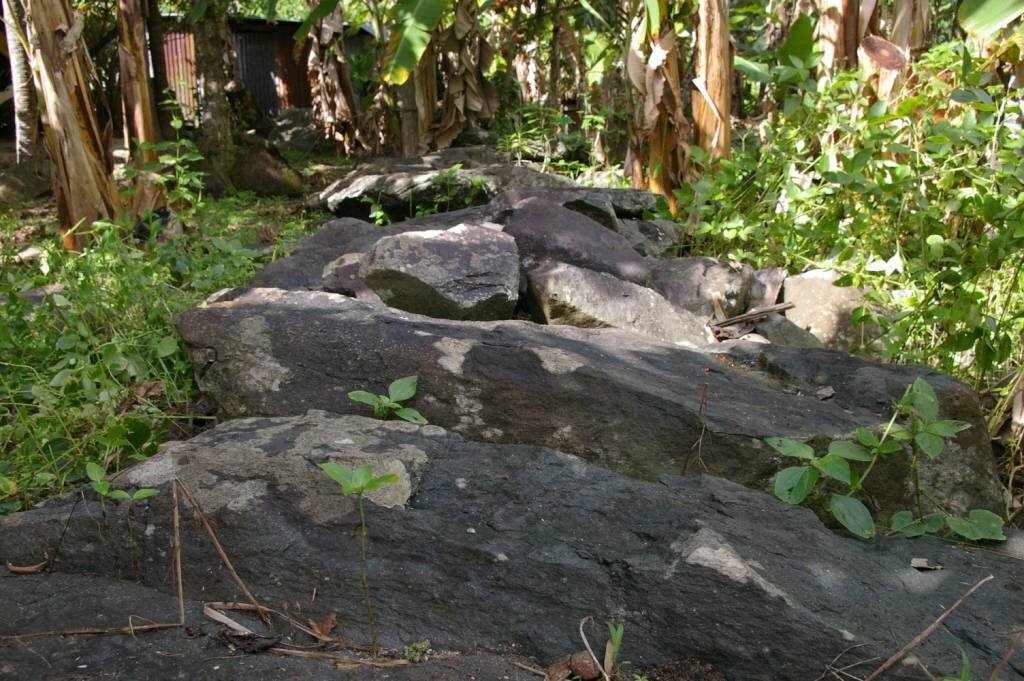
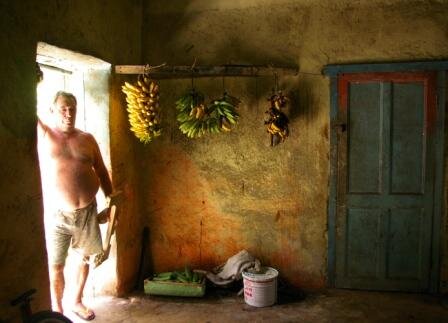
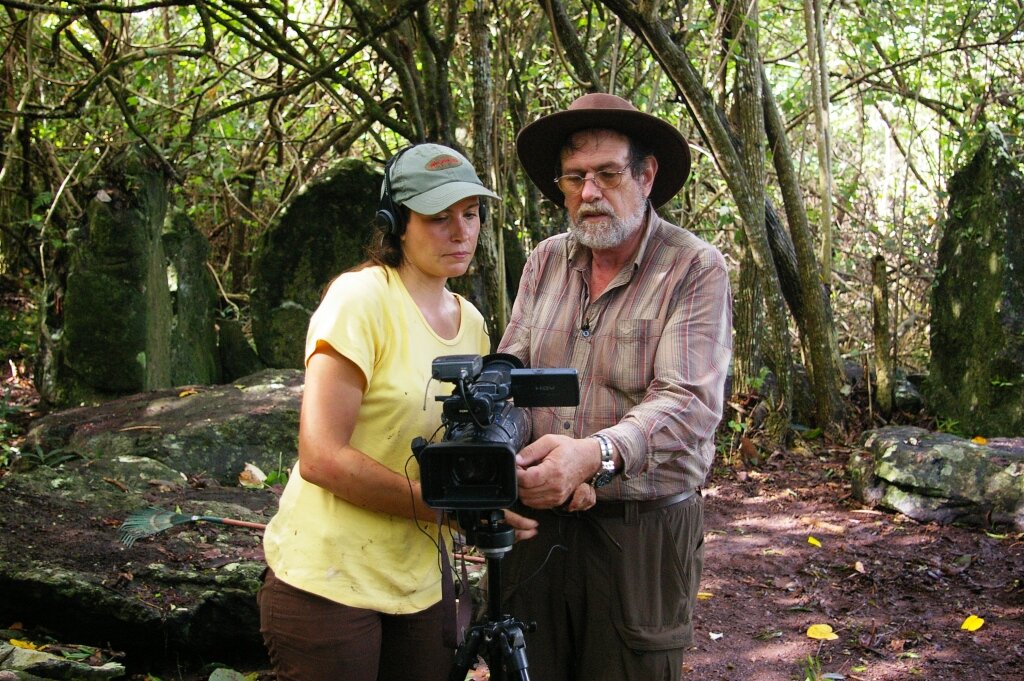
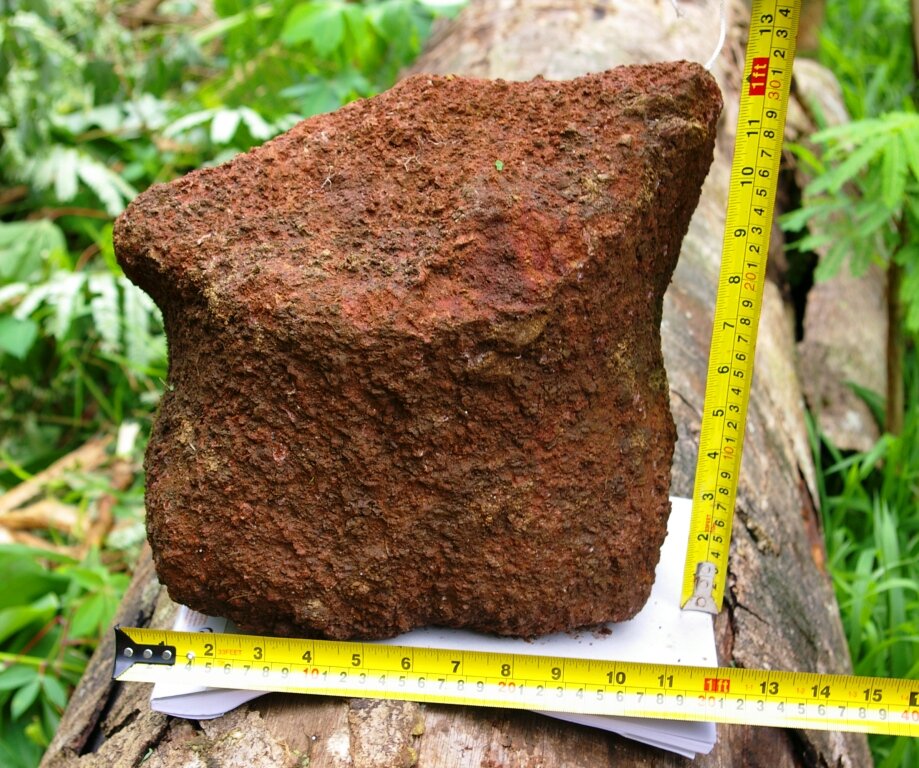
Women of Raivavae
As observed by the team as well as previous researchers, Raivavae is one of the few matriarchal societies with a relative equality of the sexes. The Legend of Hotu Atua and Rua Tara describes the early folklore roots of Raivavae culture and gender relations. This legend revolves around the storied landscape, in particular the ‘women’s stone’ Hotu Atua which was moved by a powerful group of women defeating a competing group of men.
The Real Raivavae Trailer
The trailer for the documentary 'The Real Raivavae' filmed on the 2006 Pacific Islands Research Institute Raivavae Expedition. By Alexandra Edwards.
Raivavae: The World and History of Seafaring Peoples
The Adventurers: A Story Told in Stone
A profile of Edmundo and his research in Tahiti, the Marquesas, and Raivavae. Produced Written and Directed by Andrew Gregg. Copyright CBC.







